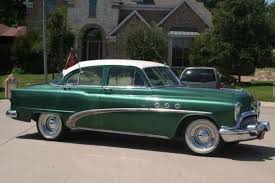 Another anniversary is approaching. In April it will be six years since the first Early New England Families Study Project sketches were published on AmericanAncestors. While many of you have been following the project all these years, it is probably a good time to do a little recapping for newer readers.
Another anniversary is approaching. In April it will be six years since the first Early New England Families Study Project sketches were published on AmericanAncestors. While many of you have been following the project all these years, it is probably a good time to do a little recapping for newer readers.
The Early New England Family Study Project was conceived as a companion to the Great Migration Study Project and a fitting use for the massive compilation done by Clarence Almon Torrey, published by NEHGS in the four-volume New England Marriages Prior to 1700, which is also available as an AmericanAncestors database. Torrey’s work covers information gleaned from thousands of books, periodicals, and manuscripts in the NEHGS library about couples who lived in New England from 1620 through 1700. The total number of marriages treated by Torrey is estimated to be 37,000! Continue reading An approaching anniversary

